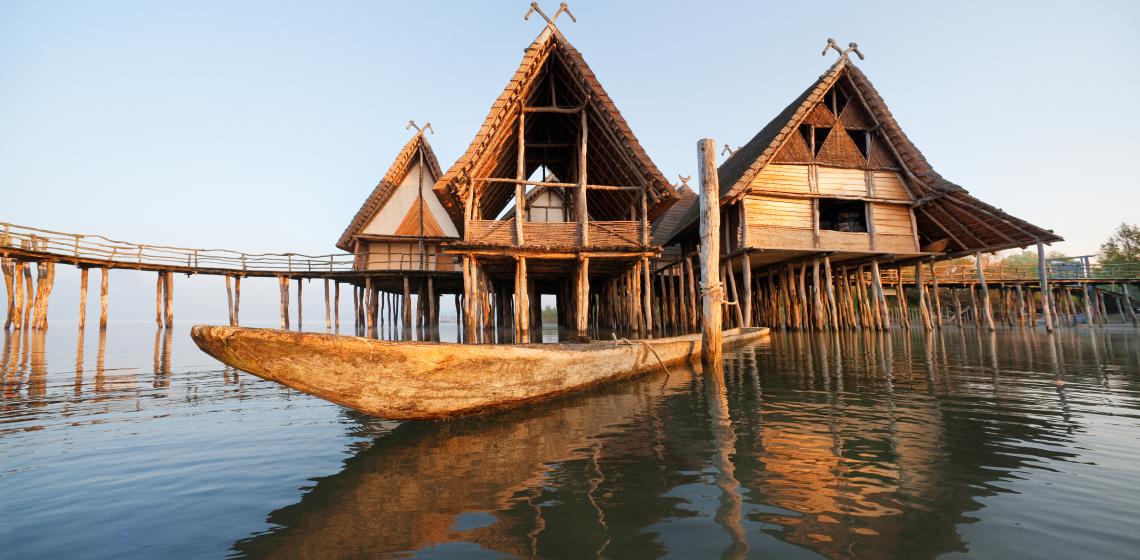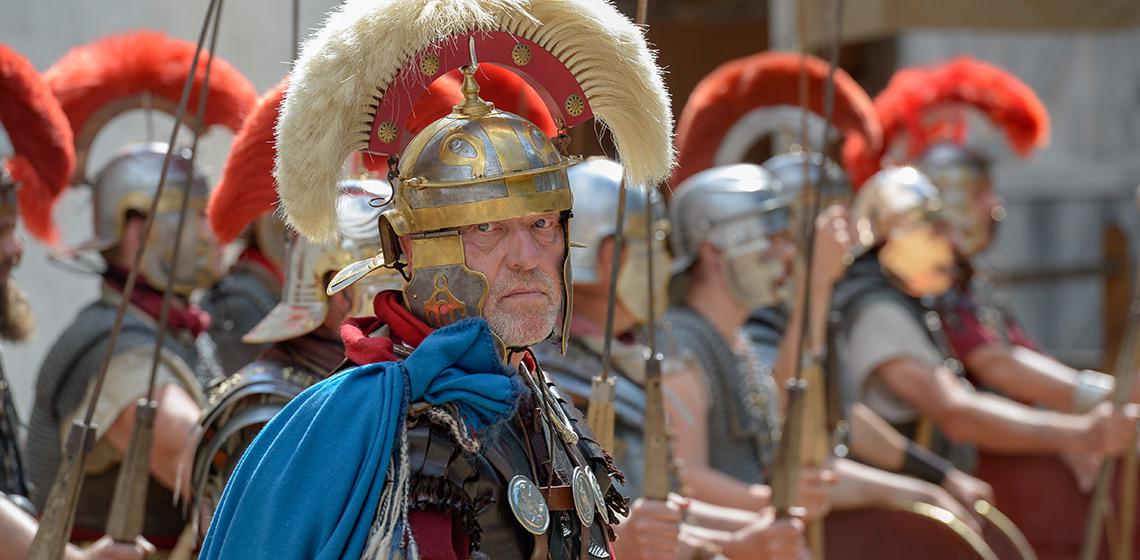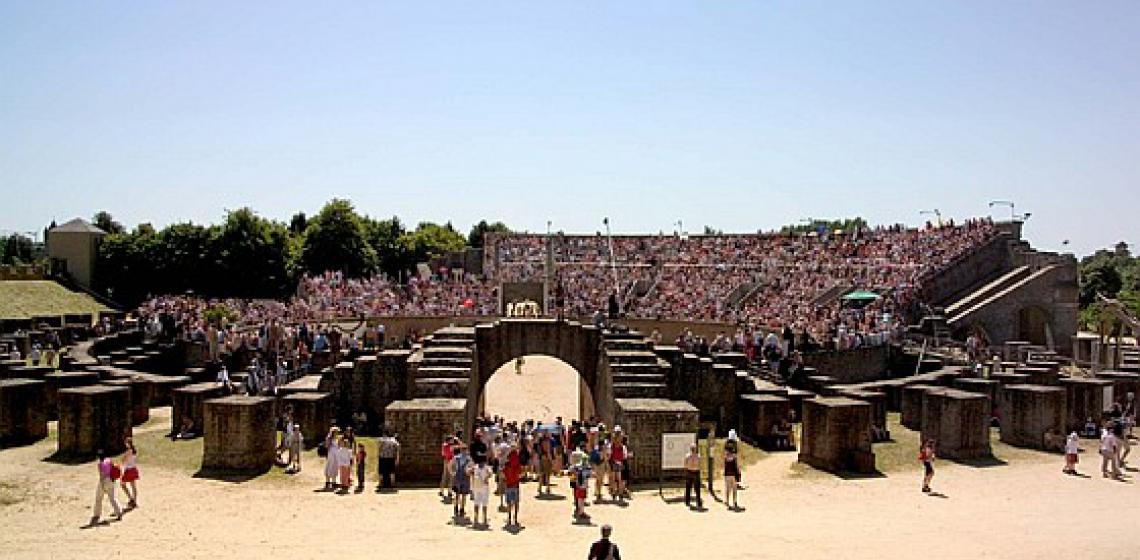Pfahlbaumuseum Unteruhldingen (DE)
The archaeological open-air museum at Unteruhldingen is situated at the Lake Constance in the very south of Germany. It dates back to as long ago as 1922 when the first two ‘Stone Age’ houses were constructed. All reconstructions since (22 so far) are based on lake dwelling excavations in and around the Alps dating to the Stone and Bronze Age.
The archaeological open-air museum at Unteruhldingen is situated at the Lake Constance in the very south of Germany. It dates back to as long ago as 1922 when the first two ‘Stone Age’ houses were constructed. All reconstructions since are based on lake dwelling excavations in...



